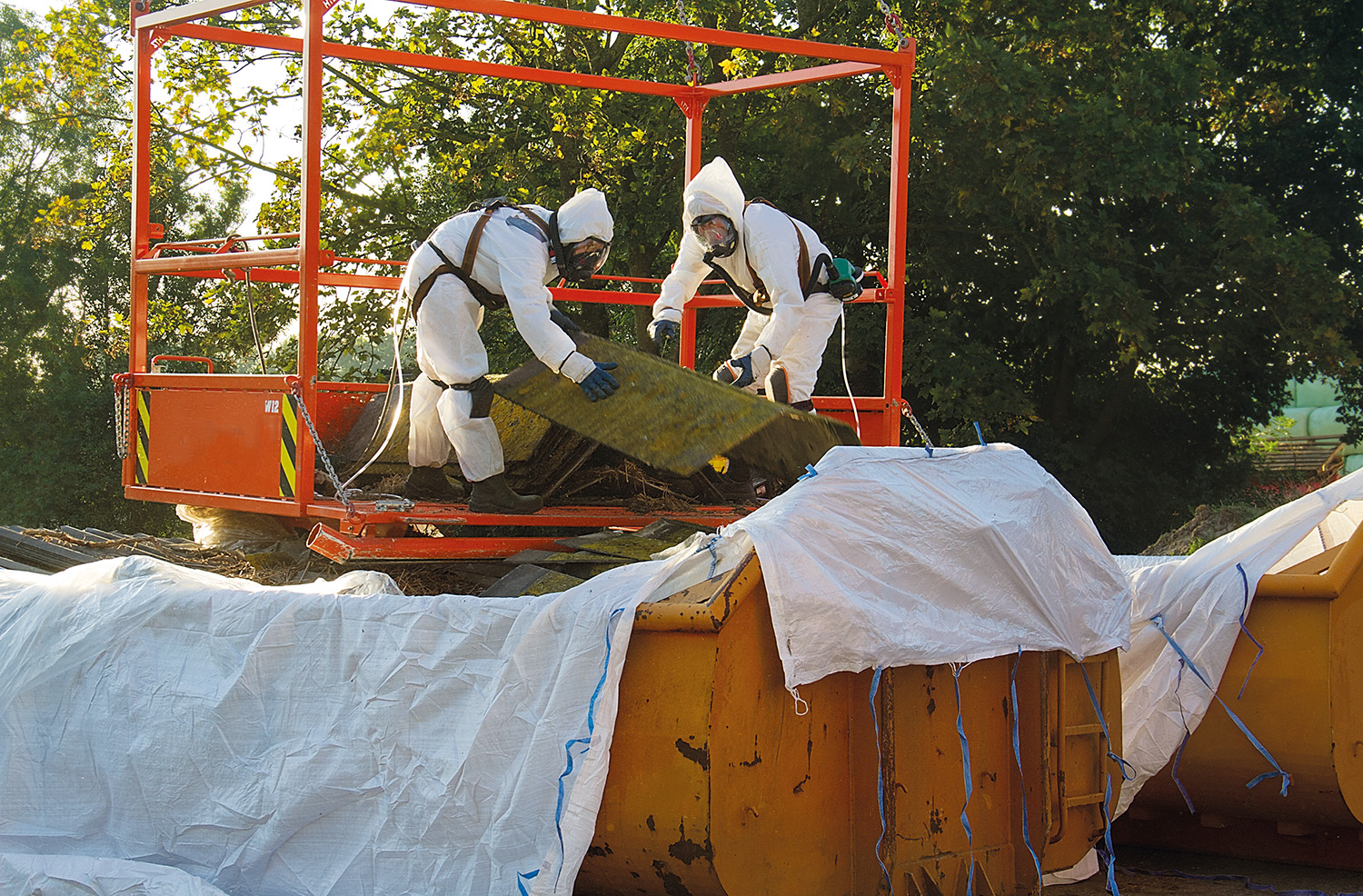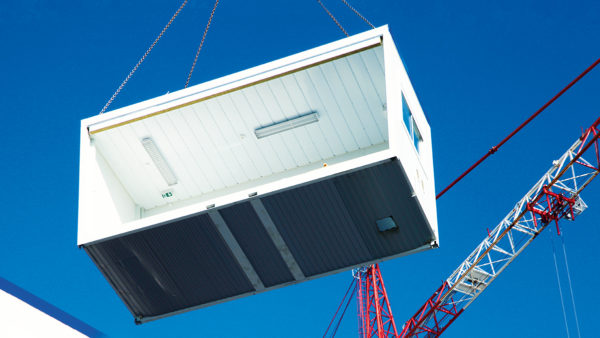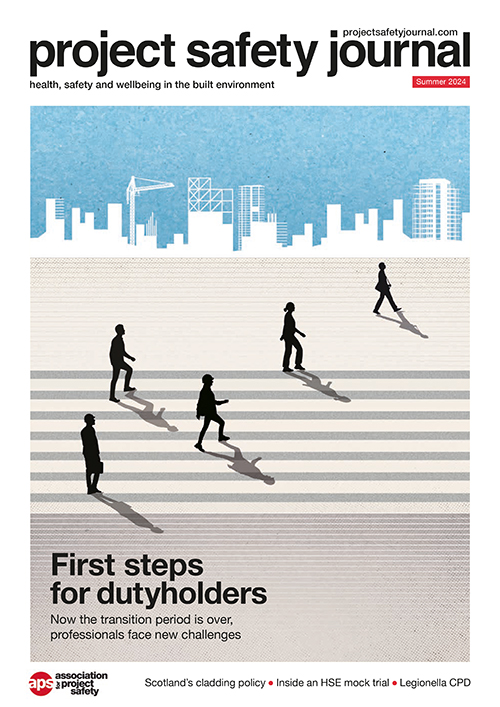
Chris Cooter, APS assessor and asbestos consultant, is optimistic about Building Safety Act changes, but is concerned by a too often cavalier approach to asbestos.
I know you’ve had a long and interesting career, what are you doing now?
I’m at retirement age – I’m 71. I still enjoy working and now just work a few days a week. My main work is as an APS assessor, which involves assessing new and existing members and corporate businesses for membership of APS.
I am also an asbestos and fire consultant and carry out asbestos surveys and fire risk assessments. I have been a member of APS for 20 years and am a fellow, which I’m
very proud about.
How did you get into this line of work?
After leaving school at 16, I worked for a few years before signing up for the army and joined the Royal Engineers in 1972 as a sapper. I undertook my trade training as a plant operator mechanic, which I really enjoyed – it’s far easier to dig a trench with an excavator rather than a shovel!
During my career I served on several tours to Northern Ireland, Germany, Cyprus, Belize, Hong Kong, Falklands and Canada, to name a few. I was mostly posted to the construction squadrons undertaking various projects around the world.
During my 22 years in the Royal Engineers I carried out a wide variety of construction projects worldwide and gained a wealth of experience that has made me the person I am today. In 1994 I left the forces to embark upon a civilian life.
Prior to leaving the forces I undertook my NEBOSH certificate and entered the world of health and safety. I had a number of positions over the following years as a health and safety and environmental manager and obtained IOSH chartered safety practitioner.
I undertook positions in the sawmilling industry and vehicle accident repair sectors. As I had a construction background, my next role was construction safety adviser for a principal contractor working on the airports. This was a challenging and rewarding role.
To move my career forward and build on my knowledge, I joined a multidisciplinary consultancy as a principal supervisor and CDM coordinator. I continued in this role
up to 2012.
For personal and health reasons I was then forced to give up work until 2015 and began doing competence assessments for APS. I also became chairman of the Yorkshire APS branch, which I really enjoyed.
What can you tell us about the new PD building safety register?
The APS Competency Scheme is relevant to individual designers of all disciplines who are undertaking the role of PDBR (principal designer building regulations). It will be assessed against a competency framework based on PAS 8671.
The APS register will include sections for competent principal designers (PDs) who have been assessed for non-higher-risk buildings and higher-risk buildings. Following an application and successful assessment, designers will be included on a register of competent PDs within their area of specialism.
The APS PDBR register is open to both members and non-members.

It’s a changing time in health and safety. Do you feel optimistic about what’s going on?
Change was needed, and I feel that we are taking a massive step forward in building and construction safety – for example, the introduction of the Building Safety Act 2022.
Under the Act there is a requirement to demonstrate building safety though a new system of gateway points during design and construction plus a safety case report during occupation.
Importantly the gateways apply for construction, refurbishment and on any works in higher-risk buildings (HRBs). But, as with any big changes, there is always uncertainty.
However, as more information and training has been provided, organisations and individuals begin to understand what is required from them and start to prepare for the changes.
One of the things I’m still concerned about, though, is asbestos work. In spite of all the legislation in place, it is still not fully understood that a refurbishment/demolition survey is necessary when the building (or part of it) is to be upgraded, refurbished or demolished.
It aims to ensure that nobody will be harmed by work on asbestos-containing materials in the premises or equipment. There’s still a lot of asbestos in buildings and it needs careful management or removal.
What advice would you give people starting out in the industry today?
I think people need to have a defined goal about where they’d like to be in five years’ time. They can then work out what qualifications they need and the experience they need to get there.
I’ve enjoyed my time in health and safety. It’s challenging and there are so many aspects to it. You are always learning something new.
I would certainly recommend it as a career – the 22 years in the forces are not mandatory!
And outside of work?
I’m a very keen photographer – particularly landscapes.












